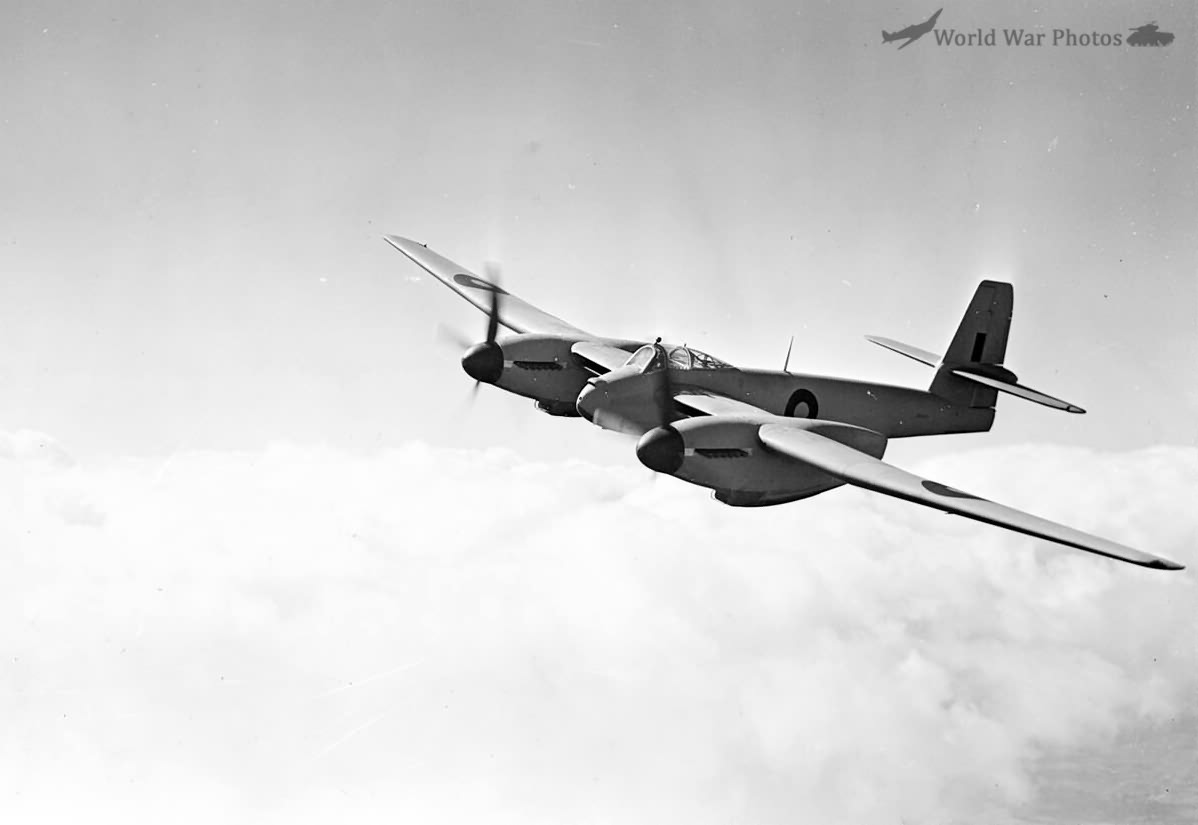The Welkin’s Contribution to British Aviation
Although the Westland Welkin did not achieve operational success as a fighter aircraft, its development and testing process significantly contributed to the advancement of British aviation, particularly in the realm of high-altitude flight and pressure cabin technology.
Pioneering Pressure Cabins: The Welkin holds a significant place in British aviation history as the RAF’s first production fighter to feature a pressure cabin. This innovative feature was essential for the aircraft’s intended role as a high-altitude interceptor, allowing the pilot to operate at altitudes where oxygen and atmospheric pressure were insufficient for normal human function. The Welkin’s pressure cabin design, rigorously tested during its development, served as a vital stepping stone for the widespread adoption of pressure cabins in later British aircraft, particularly in the jet age.
Advancing Pressure Cabin Technology: The Welkin project drove significant advancements in pressure cabin technology, pushing the boundaries of design and engineering in this field. Aircraft’s sophisticated pressure cabin, which featured:
- A robust structure made of thick, bulletproof light alloy with armored bulkheads.
- Double-skinned transparencies for insulation and to prevent icing and misting.
- An ingenious automatic control valve, patented by Westland, that regulated cabin altitude based on operating altitude, minimizing pilot workload.
- Specialized sealing methods using rubberized liquid sealant, bellows and gland seals, and inflatable rubber seals to ensure an airtight cabin environment.
- A heating system that drew air through a rain trap and glycol heater, circulating warm air between the canopy layers for defogging and de-icing.
These technological advancements, tested and refined during the Welkin’s development, directly benefited subsequent British aircraft designs incorporating pressure cabins, influencing the future of high-altitude flight.
Formation of Normalair: The expertise gained during the Welkin project led to the establishment of Normalair, a Westland subsidiary specifically dedicated to pressure cabin technology. Normalair would go on to become a world leader in this field, supplying pressure cabin systems for both commercial and military aircraft. This lasting legacy of the Welkin project highlights its substantial impact on British aviation beyond the aircraft itself.
Insights into Compressibility: While not directly related to its intended role, the Welkin’s development and testing provided valuable insights into the challenges of compressibility, a phenomenon that becomes increasingly significant at high speeds. Welkin suffered from compressibility issues at high altitudes and speeds, leading to control difficulties and limiting its performance. These experiences, documented in detail by test pilots and engineers, contributed to a better understanding of compressibility and its effects on aircraft design, informing future British aviation developments.
A Testbed for Innovation: Although many of the proposed Welkin variants, such as the jet-powered version and the high-altitude fighter-bomber, did not materialize, the design studies and conceptual work contributed to the overall knowledge base of British aviation. The Welkin served as a platform for exploring innovative ideas and pushing the boundaries of aircraft design, even if those ideas did not always reach fruition.
In conclusion, while the Westland Welkin might be remembered as an aircraft that never fulfilled its primary purpose, its contribution to British aviation should not be underestimated. The Welkin’s development significantly advanced pressure cabin technology, led to the creation of a specialized company dedicated to this field, offered valuable insights into the challenges of high-speed flight, and served as a testbed for innovative aircraft design concepts. These contributions, though indirect, had a lasting impact on British aviation, influencing future generations of aircraft and solidifying the nation’s position in the forefront of aeronautical development.
